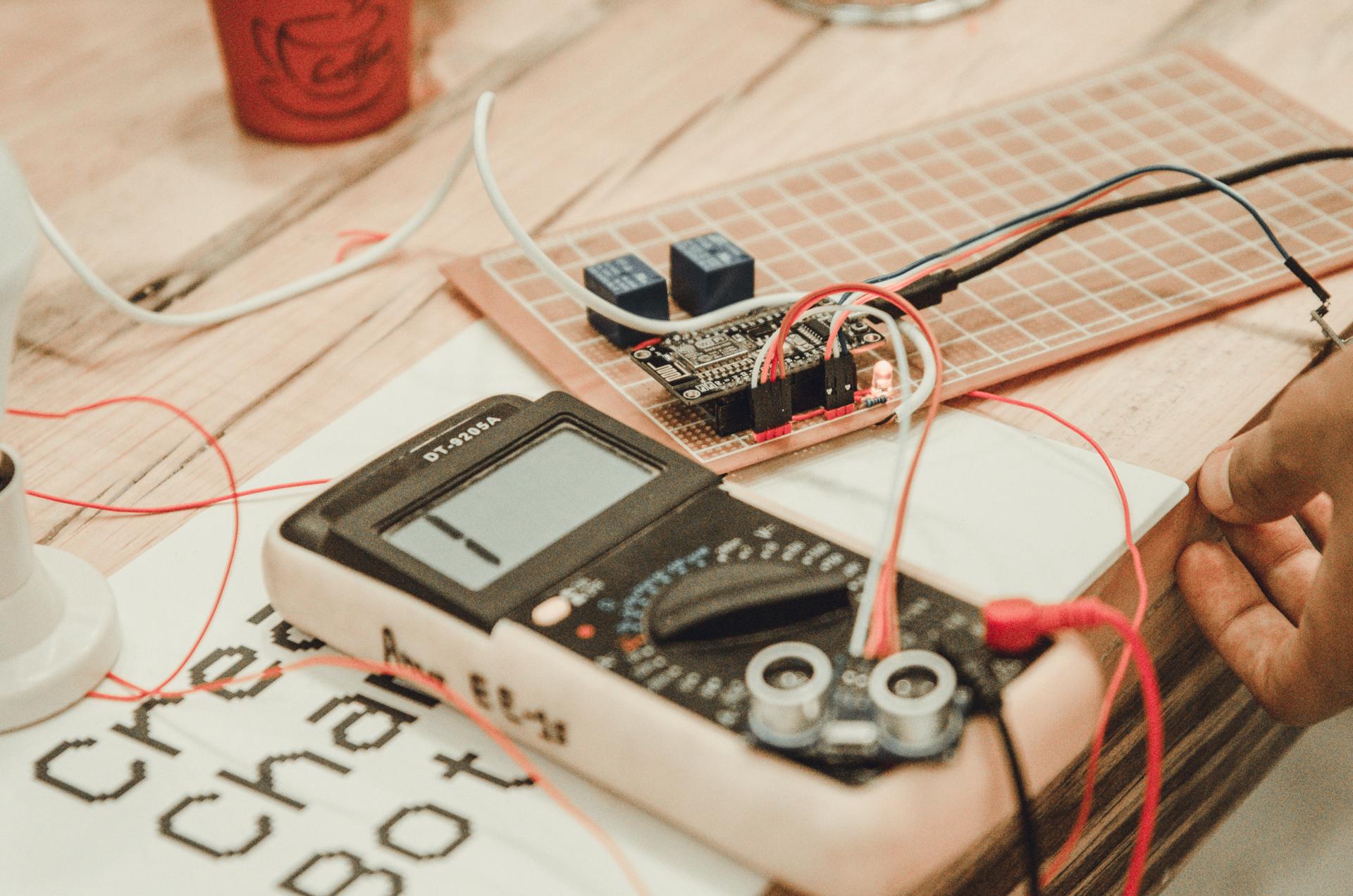Why You Should Care of Electrical Safety Testing in Your House

When it comes to home security one of the most important aspects to be considered is the safety of electrical wiring. Electrical safety testing is the process of evaluating the electrical system within your home to be sure it’s safe and up-to-code. In this article, we’ll provide you with an overview of what electrical safety tests are, what tools you’ll require to conduct them, how to conduct the tests and the warning signs to be aware of.
What is what is an Electrical Safety Test?
A safety test for electrical appliances is the process of checking the electrical system within your home to ensure that it is safe and working correctly. The importance of electrical safety tests is as they can prevent electrical accidents and fires and also ensure the long-term durability the electrical systems you have.
Tools Needed to conduct an Electrical Safety Test
For conducting an electrical safety check, you’ll require a few basic equipment. They include a voltage tester as well as a continuity tester, circuit tester along with an outlet tester. It is utilized to check for live circuits while the continuity tester is used to check for circuits that are damaged. The circuit tester is used to detect wiring problems and the outlet tester is utilized to identify electrical issues in outlets. It’s important to use the tools correctly in order to obtain precise results.
How do I Conduct an Electrical Safety Test
To perform an electric safety check in your home, follow these steps:
Switch off the power source to the circuit you’re conducting tests on.
Utilize the voltage tester to test for live circuits.
Utilize this continuity tester to check for damaged circuits.
Use the circuit tester for checking for electrical faults.
Make use of the outlet tester to find any wiring issues within the outlets.
During the testing process make sure you look for any signs of damage or wear on the wiring for example, damaged or frayed wires, burn marks, and loose wires. If you discover any problems, it’s important to address them as soon as possible to prevent any potential dangers.
The Signs of Electrical Issues to Look Out For
There are a variety of warning signs that could indicate electrical problems in your house. They include flickering light bulbs, frequent circuit breaker tripping and crackling or buzzing sounds emanating from outlets, the appearance of outlets that are discolored or hot and a smell of burning. If you observe any of these warning signs, it’s important to act immediately to prevent any electrical dangers.
Conclusion
Tests for electrical safety are vital for ensuring the safety of your home and your family. Through regular testing and addressing any issues promptly you will be able to prevent electrical hazards and extend the life of your electrical system. If you need assistance with electrical testing or repairs Don’t hesitate to reach out to Local Electrician Mosman. Our experienced team can provide you with expert guidance and assistance. Contact us at 1300 610 481 to schedule an appointment or to request a quote.
FAQ Section
What is the recommended frequency to do an electrical safety check in my home?
We suggest conducting safety tests for electrical equipment at least every year.
Do I have the ability to conduct an electric safety check on my own , or do I need a professional?
While you can perform an electrical safety test by yourself but it’s best to hire an expert to ensure the accuracy of results and to avoid any potential dangers.
Are there any frequently encountered electrical issues that are discovered in an electrical safety test?
The most common electrical problems discovered during a safety check are malfunctioning wiring, overloaded circuits, and outdated electrical systems.
What should I do if discover a problem during the electrical safety check?
If you spot a problem when you conduct the electrical safety check, it’s important to act immediately. This could include getting a professional electrician to fix the problem or replacing damaged equipment.
